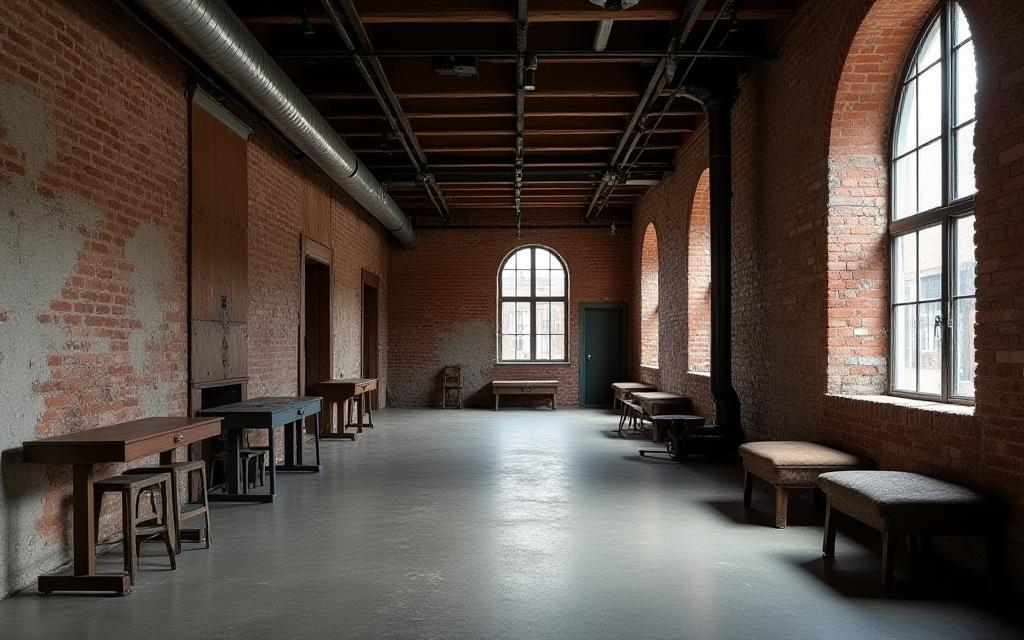
Diseño de interiores que refleja tu esencia
Transformamos espacios en hogares elegantes y funcionales, combinando estética, comodidad y sostenibilidad.
Nuestra Historia
En Casa Bella Interiors creemos que cada hogar cuenta una historia y nosotros estamos aquí para dar vida a la tuya. Fundada en 2009 en pleno corazón de Madrid, la firma nació con el objetivo de acercar la alta decoración a familias que buscan un equilibrio entre belleza, practicidad y responsabilidad ambiental.
Durante más de una década hemos perfeccionado la combinación de artesanía local con tecnología de vanguardia: creamos muebles únicos, seleccionamos tejidos naturales y utilizamos renderizados 3D que permiten a nuestros clientes caminar virtualmente por su futuro hogar.
250+
Proyectos residenciales
15
Años de experiencia
98%
Satisfacción

Nuestros Servicios
Consultoría de interiorismo
Sesiones personalizadas—presenciales o virtuales—donde definimos estilo, paleta cromática y distribución para maximizar cada metro cuadrado.
Búsqueda de muebles a medida
Desde la idea hasta el barniz final, diseñamos piezas exclusivas con artesanos madrileños, reduciendo tiempos de espera y huella de carbono.
Estilismo del hogar
Seleccionamos accesorios, iluminación y arte local para dar personalidad y coherencia a cada estancia sin sobrecargar el ambiente.
Planificación virtual 3D
Descubre tu nuevo hogar en recorridos interactivos y realidad aumentada antes de realizar cualquier obra o inversión.
Tienda de accesorios decorativos
Una cuidada selección de piezas únicas disponibles online o en nuestro showroom de la calle Alcalá.
Nuestro Proceso
- 1. Descubrimiento: Reunión inicial para comprender tu estilo de vida, presupuesto y plazos.
- 2. Concepto: Moodboards y maquetas 3D para alinear expectativas.
- 3. Selección de materiales: Visitas a showrooms y proveedores responsables.
- 4. Ejecución: Coordinación de contratistas, logística y control de calidad.
- 5. Toque final: Estilismo, iluminación y entrega de manual de mantenimiento.

Proyectos Destacados
Ático en Salamanca


Loft industrial en Malasaña


Casa rural en Segovia


Compromiso con la Sostenibilidad
Cada decisión de diseño impacta al planeta. Por ello priorizamos materiales responsables, proveedores locales y procesos que reducen residuos y emisiones.
- 70%: Madera certificada FSC en 2023.
- 45%: Menos residuos gracias a la planificación 3D.
- 30+: Proveedores locales con prácticas sostenibles.
- Miembro de Green Building Council España.
- En proceso de certificación ISO 14001.
Solicita nuestro informe de impacto ambiental personalizado para tu proyecto.

Lo que opinan nuestros clientes

“El equipo de Casa Bella transformó nuestro piso con un equilibrio perfecto entre elegancia y funcionalidad.”
Lucía Gómez
★★★★★

“Valoro su compromiso con la sostenibilidad. Reutilizaron piezas antiguas y el resultado fue espectacular.”
Carlos Martínez
★★★★★

“La planificación virtual 3D nos ayudó a visualizar todo antes de comenzar. ¡Sin sorpresas!”
Ana Rodríguez
★★★★☆

“Su toque mediterráneo convirtió mi apartamento en un espacio luminoso y acogedor donde apetece quedarse.”
Beatriz Ortega
★★★★★

“Cumplieron los plazos al milímetro y la coordinación de gremios fue impecable.”
Diego Santos
★★★★★

“Me encantó poder comprar accesorios directamente en su showroom. ¡Todo quedó en armonía!”
Laura Moreno
★★★★☆

“El seguimiento post-obra es excelente. Nos enviaron un manual de cuidado muy detallado.”
Sergio Luna
★★★★★

“Su equipo captó mi estilo minimalista desde la primera reunión y lo plasmó en cada rincón.”
Marta Blanco
★★★★★
Conoce a nuestro equipo

Isabel Ruiz
Directora Creativa — especialista en estilos mediterráneos y escandinavos con 15 años de experiencia.
LinkedIn
Javier Fernández
Arquitecto Técnico — experto en normativas de obra y coordinación de gremios.
LinkedIn
María López
Diseñadora 3D — crea visualizaciones hiperrealistas y gestiona la experiencia VR de los clientes.
LinkedInHablemos de tu proyecto
Nos encantará conocer tus ideas, resolver dudas y ayudarte a crear el hogar que imaginas.
- Dirección:27 Calle de Alcalá, 3º, 28014 Madrid
- Teléfono:+34 915 678 912
- Email:info@
- Horario:Lunes-Viernes: 09:30 – 18:30